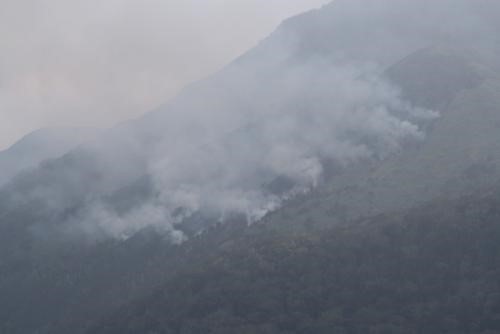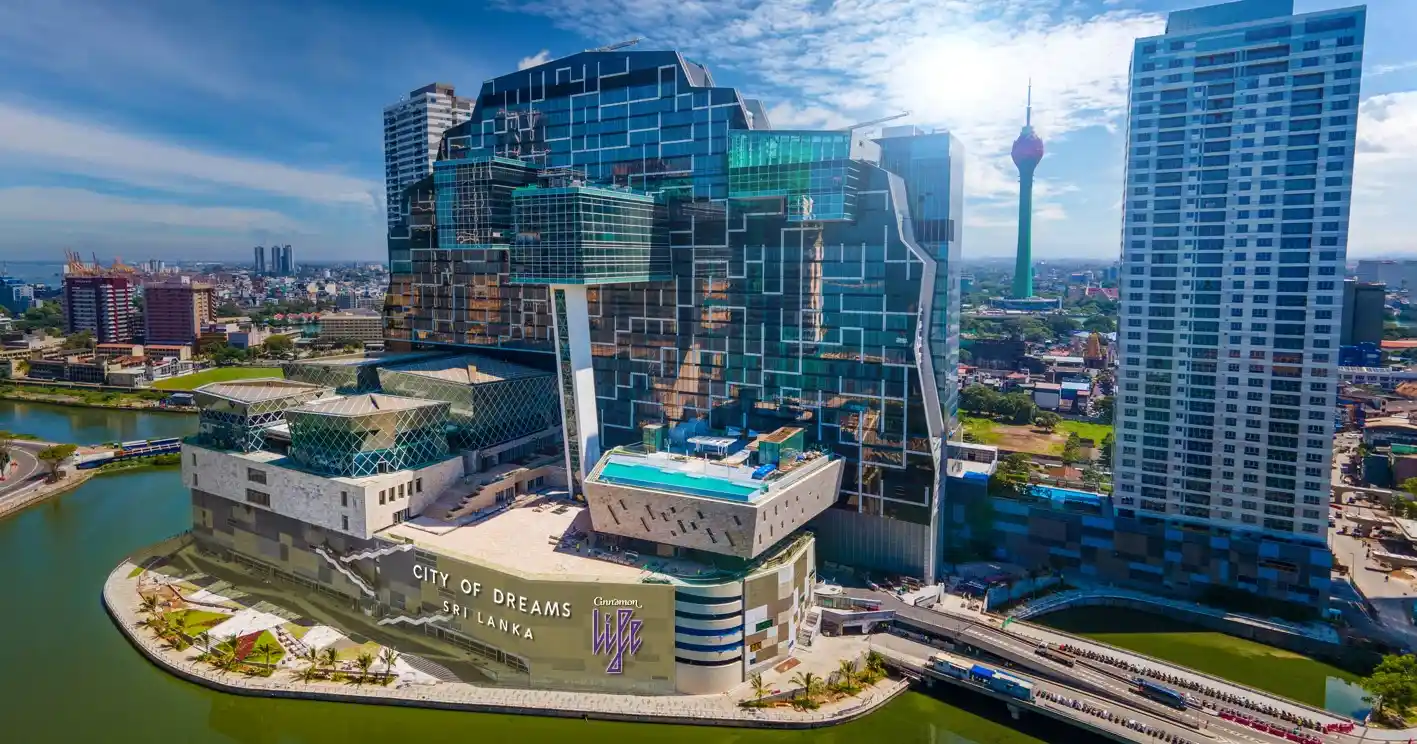Mount Apo: A Story of Neglect
Kidapawan City to ban trekkers for 3 to 5 years after massive forest fire.
by Jozza Alegre Palaganas | March 31, 2016

Via Philippine Red Cross/28 March 2016
Fires continue to raze Mount Apo, the highest peak in the Philippines, five days after they broke out. As of this writing, flames have already destroyed over 200 hectares of forest cover, particularly on the northern, Davao-facing side of the mountain. The conflagration is believed to have been caused by a bonfire left by three unidentified trekkers on Saturday, March 26.
Kidapawan City has set up an Incident Command Post for round-the-clock monitoring of the situation. Firefighters and volunteers from all over Mindanao are working non-stop to control the fire.
Fire on the North Cotabato side of Mount Apo has been put under control as of Tuesday, March 29.
This biological disaster has also prompted the Kidapawan City government, led by Mayor Joseph Evangelista to apply extreme remedial measures—no less than closure of Mount Apo to public access for a period of three to five years.
“Effective March 27 the trek to Mount Apo is closed to give way for the restoration of its natural habitat,” Evangelista said in an interview.
Department of Environment and Natural Resources Secretary Ramon Paje, Jr. is also considering the temporary closure of all campsites.
The country’s highest, most glorious peak
Mount Apo, at 9,692 feet above sea level, is considered the highest point in the country. The mountain boasts of lush natural flora and diverse fauna, including the critically endangered Philippine Eagle and 272 bird species, of which 111 are endemic.
In 2009, Mount Apo was added to UNESCO’s list of tentative sites but was removed in 2015 due to failures in conservation as a result of logging, commercialization, exploitation and poaching.

A forest clearing in Mount Apo, as seen from Lake Venado. Via creative commons
In 2014, a campaign to save Mount Apo from being removed from the UNESCO list was launched by the Department of Tourism. The campaign’s biggest thrust was to curb irresponsible climbers’ habits, particularly the rampant cluttering of the mountain’s campsites and trails with garbage.
El Niño and forest fires
Mindanao remains as one the areas in the Philippines most affected by the El Niño. The phenomenon leaves the mountain’s forests dry and thus more susceptible to massive forest fires that we may or may not have the resources to quell. The accumulation of flammable rubbish left behind by irresponsible hikers and campers, exponentially heightens this risk. And the El Niño will persist until the end of the third quarter of this year.
The lack of forest guards
Perhaps the bigger problem lies in the lack of enforcers.
Senate President Pro Tempore Ralph Recto calls attention to the fact that Mount Apo’s forest guards are very few and far between—one for every 3,376 hectares of forestland, to be exact. This could be what renders all rules and regulations against exploitation and poaching futile. It could be why the culture of irresponsibility in climbers/trekkers is widespread and perpetuated.
Environment Secretary Paje points out that the government’s inability to attract forest rangers can be blamed not only on low wages but on the high murder rate.

A few years ago, Paje even launched a fundraising campaign for the families of slain forest rangers.
Recto emphasizes the need for the authorities “to scramble to deploy more forest guards” as neglect of forest protection puts to waste the PHP24 billion invested in the Aquino Administration’s National Greening Program.
Healing for the future
Shutting down entry to the mountain will deprive responsible, leave-no-trace climbers of a glorious experience, but it’s a small sacrifice for stopping damage and exploitation from poachers and irresponsible visitors.
But, as detailed above, solutions are futile without proper enforcement. Will the government act fast enough to safeguard one of the nation’s most valuable natural treasures?









